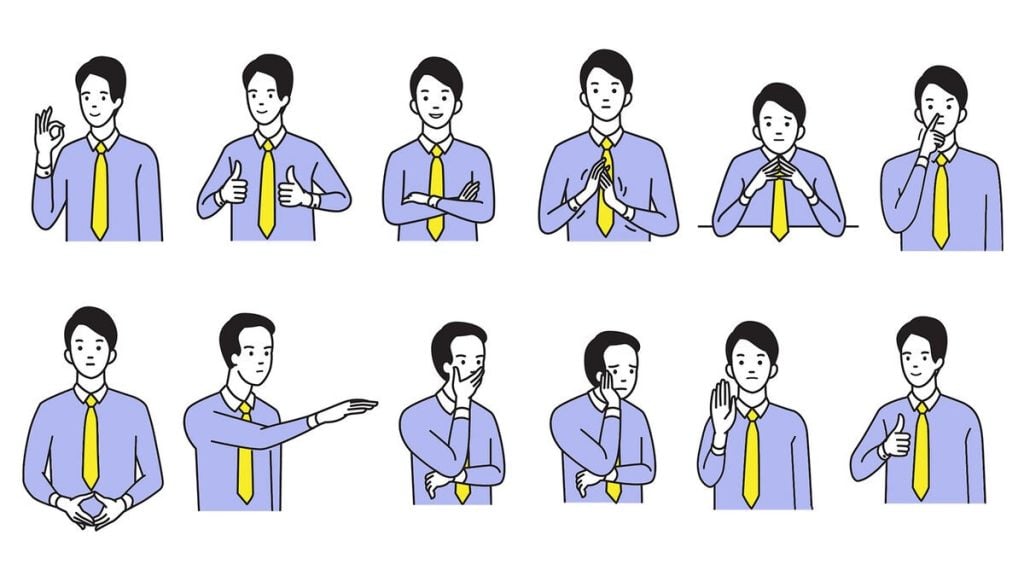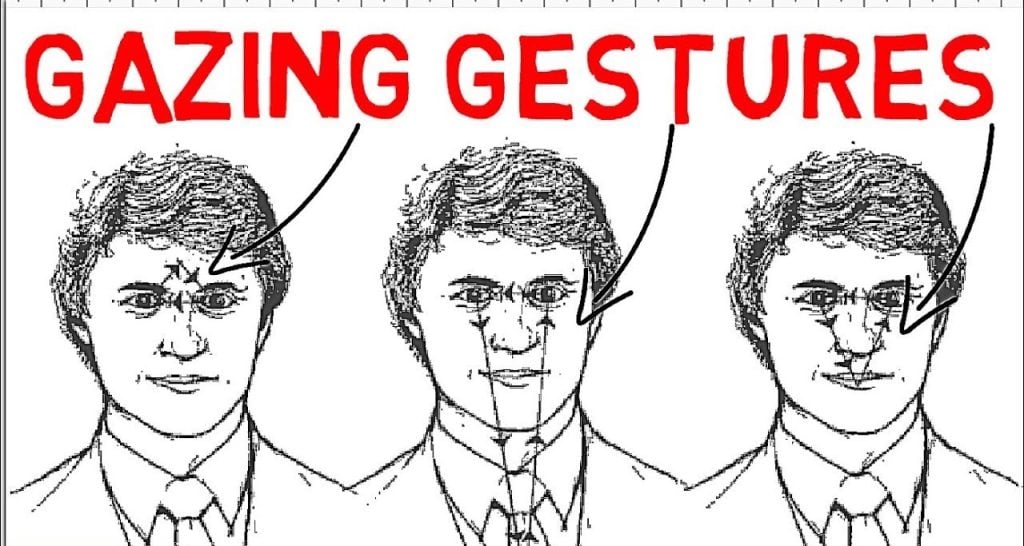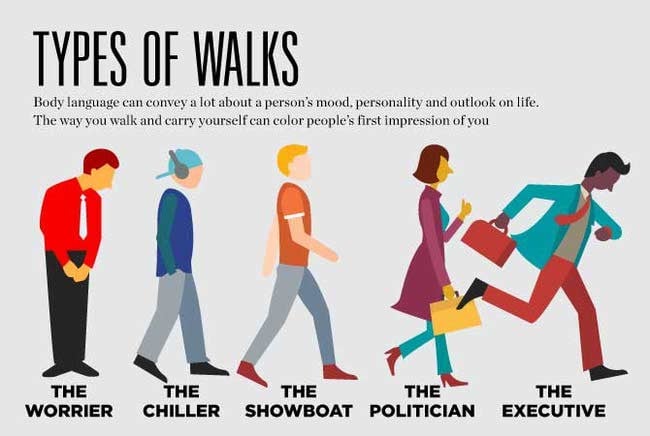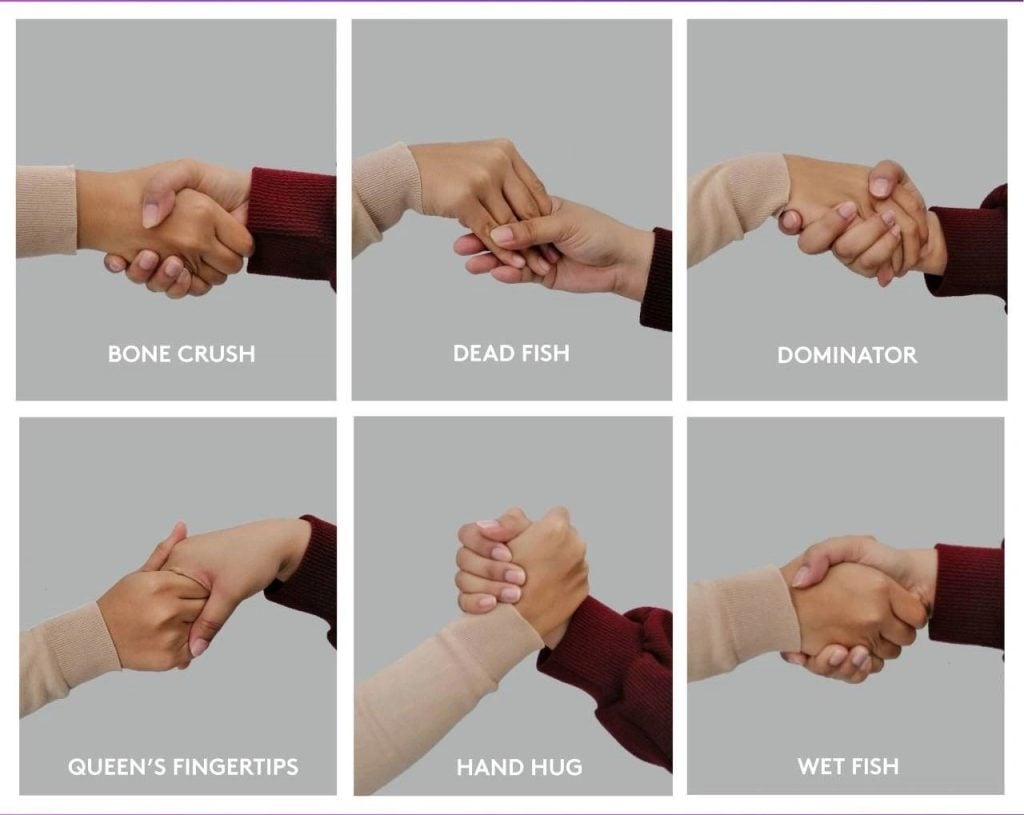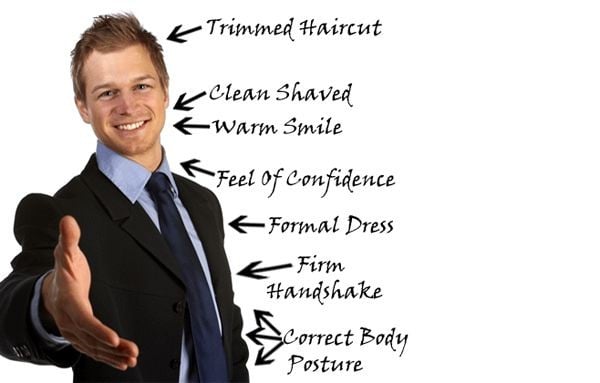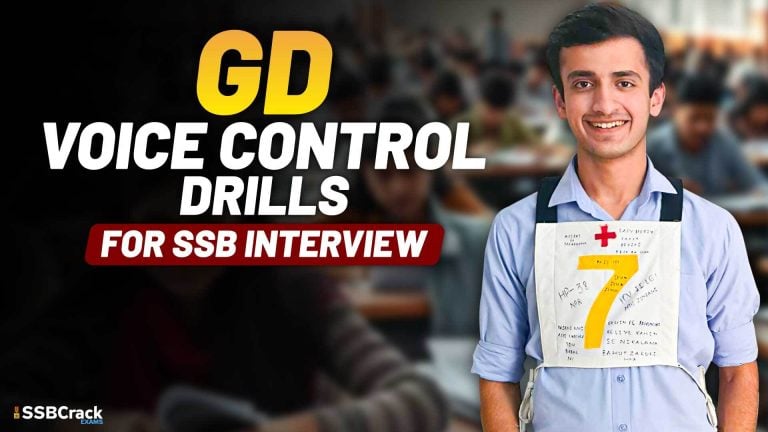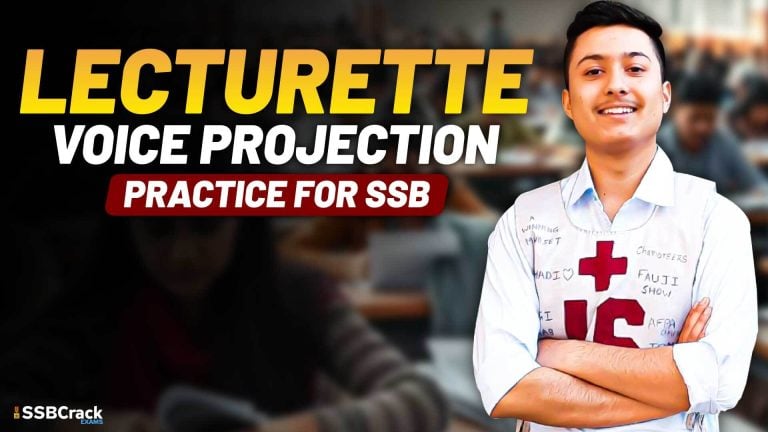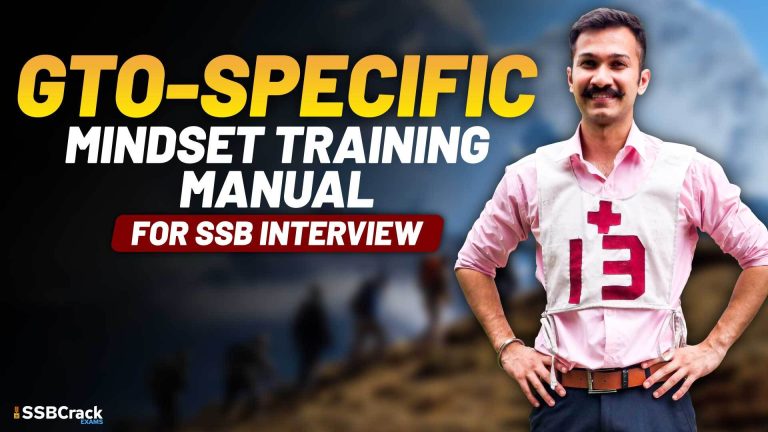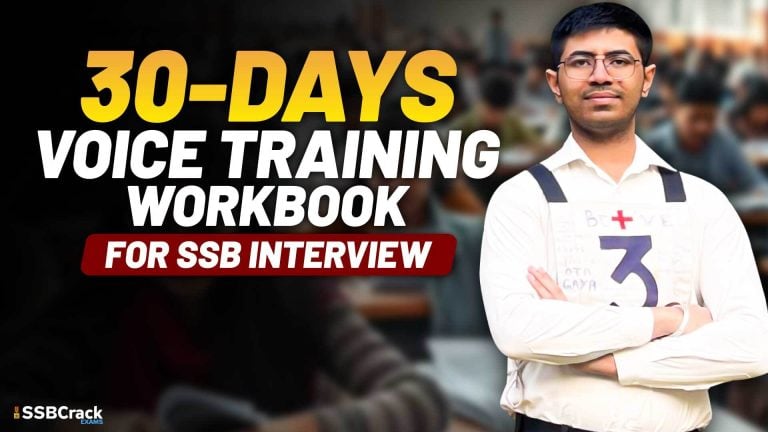Confidence is a remarkable quality that can significantly impact every aspect of our lives, from personal relationships to professional success. While some individuals seem to exude confidence effortlessly, others may struggle to project an aura of self-assurance.
The good news is that confidence can be cultivated and projected through intentional body language. By understanding and mastering the 8 Essential Body Language Tips for Radiating Confidence, we can transform our perceived image and unlock new opportunities.
Also Read | 12 Tips to Make a Lasting First Impression
1. The Power of Confident Body Language
Our body language is a powerful communicator, often speaking louder than our words. When we exhibit confident body language, we convey a sense of self-assurance, competence, and trustworthiness to those around us. This can profoundly influence how others perceive us and how they respond to our messages. Conversely, if we display body language that suggests uncertainty or nervousness, it can undermine our credibility and make it harder for others to believe in our abilities.
2. Hands
One of the most telling indicators of confidence is how we use our hands. When we’re feeling unsure or uncomfortable, we tend to hide our hands in our pockets or fidget with them. This subconsciously communicates a desire to conceal or protect ourselves. In contrast, keeping our hands visible and relaxed conveys a sense of openness and self-assurance. By keeping our hands out of our pockets and avoiding excessive fidgeting, we can project an image of confidence and composure.
3. Steady Gaze
The way we hold our gaze can also significantly impact how confident we appear. Individuals who maintain steady, direct eye contact tend to be perceived as more self-assured and trustworthy. Conversely, those who frequently avert their eyes or look down may be seen as lacking in confidence or trying to avoid engagement. By keeping our chin up, our eyes forward, and our gaze steady, we can signal to others that we are present, engaged, and self-assured.
4. Upright Posture
Posture is another crucial element of confident body language. Standing up straight with our shoulders back conveys a sense of poise and self-assurance. This posture not only makes us appear more confident, but it can also positively impact our internal feelings of confidence. By consciously maintaining good posture, we can project an image of self-assurance and competence.
Also Read | 7 SSB Interview Mistakes You Must Fix Instantly
5. Purposeful Stride
The way we walk can also contribute to our perceived confidence. Individuals who take wide, purposeful strides are often seen as more self-assured and in control of their environment. In contrast, those who shuffle or scurry may be perceived as timid or unsure. By adopting a confident, purposeful gait, we can convey a sense of inner strength and determination.
6. Firm Handshakes
A firm, confident handshake is another essential element of confident body language. A weak or limp handshake can be interpreted as a lack of self-assurance, while a firm, assertive handshake can signal self-belief and a willingness to engage. When greeting others, focus on delivering a handshake that is firm, confident, and appropriately timed.
7. Grooming
Our personal grooming and appearance can also play a role in how confident we appear. When we take pride in our appearance and present ourselves in a well-groomed, polished manner, it conveys a sense of self-respect and confidence. Conversely, if we neglect our appearance, it can suggest a lack of self-care and self-assurance. By maintaining a well-groomed, put-together appearance, we can project an image of confidence and competence.
8. Relaxed Demeanor
Ultimately, confident body language is not about projecting an air of arrogance or superiority. Instead, it’s about cultivating a relaxed, self-assured demeanor that puts others at ease. Individuals who appear comfortable in their own skin, without the need to constantly prove themselves, are often the ones who are perceived as the most confident. By learning to let go of insecurities and embrace a relaxed, open posture, we can project an aura of confidence that is both genuine and appealing.
Also Read | 3 Ways to Build Physical and Mental Courage
Conclusion
Mastering the art of confident body language is a powerful tool for personal and professional success. By understanding and implementing the 8 essential tips outlined in this article, you can transform your perceived image and unlock new opportunities. Remember, confidence is not about perfection, but rather about embracing your authentic self and projecting an aura of self-assurance that inspires trust and respect in those around you.
FAQs
1. What body language expresses confidence?
Confident body language can be demonstrated through actions such as maintaining eye contact, standing tall, avoiding fidgeting, and mirroring the movements of others. Individuals with social anxiety disorder (SAD) and other mental health issues often struggle to feel confident in their interactions with others.
2. What is the role of body language in developing self confidence?
Confident individuals usually maintain an upright posture, adopt open stances, and use the space around them by extending their arms. In contrast, those with low confidence often cross their arms, hunch their shoulders while sitting, cross their legs, fidget, or avoid making eye contact.
3. What body language shows shyness?
If you’re feeling cautious or uncomfortable, you may appear guarded or defensive, and you might cross your arms. If you’re shy or uncertain, you might cover your mouth or face with your hand or look down at the ground.
4. What are the 5 C’s of body language?
The Five C’s of Body Language provides a framework for the book by outlining key factors—context, clusters, congruence, consistency, and culture—that must be taken into account when interpreting the messages conveyed through someone’s body language.
5. What are the 3 C’s of body language?
Dr. Jeff Thompson suggests that we can improve our understanding of nonverbal cues by keeping in mind the three C’s of nonverbal communication: context, clusters, and congruence. We have already discussed congruence, which involves comparing spoken words with body language and tone.

